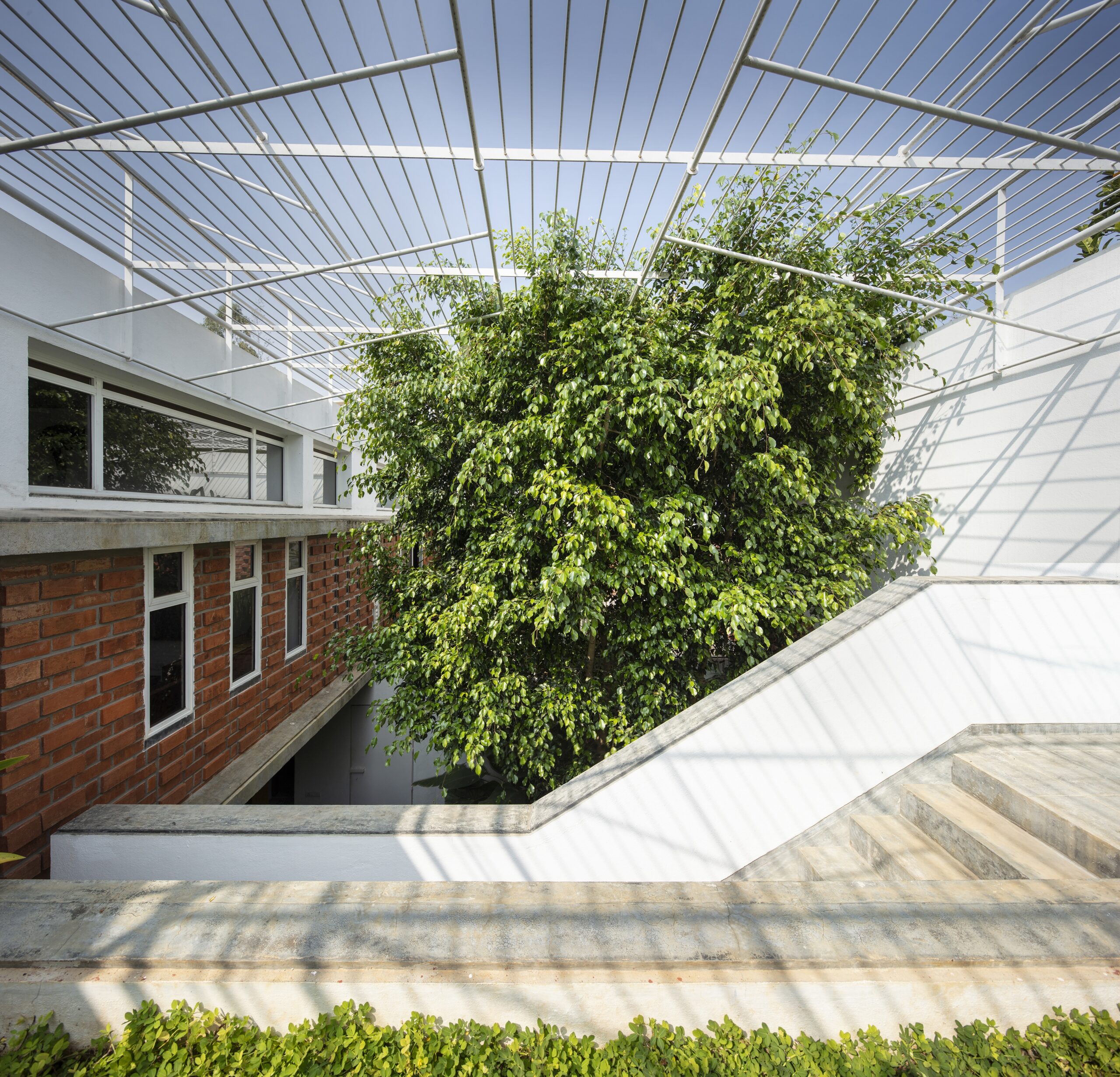Amazon to use mass-timber warehouse in Indiana to test "sustainability strategies"


Amazon has completed a mass timber warehouse in Indiana, USA, which the company says will be used as a testbed for "over 40 sustainability strategies" to implement in existing and future buildings.
Located in Elkhart, the DII5 warehouse is primarily made of mass timber and was designed by design architect ZGF Architects with elements such as clerestory windows, circadian lighting, and EV charging stations as part of the company's goal of reaching net zero operations by 2024.

"By testing several sustainability initiatives under one roof, we're accelerating our progress toward achieving scalability and standardization of these initiatives across our building portfolio," Amazon vice president of global realty Daniel Mallory told Dezeen.
"At the same time, it serves as a 'test and learn' platform for Amazon and the broader industry to explore how buildings can become more adaptive, high-performing, and resilient in a changing climate. The lessons we learn here will guide the future design, construction, and operation of our spaces."

According to the company, the building is "the first large-scale owner-occupied mass timber logistics facility in the United States" and the project is aiming to achieve Living Future's Zero Carbon Certification.
It encompasses one large delivery building surrounded by a site that includes elements such as permeable paving, "lower carbon concrete", high-efficiency outdoor lighting and a bio-rentention pond for stormwater management.

The building itself was made using Southern Yellow Pine CLT panels and glulam beams, as well as wood fibre insulation.
Its celestory windows, which line the delivery floor, "bathe the interior in sunshine", according to Amazon.

"From the moment you approach and enter Amazon's new delivery station you know you're somewhere special," said the company. "This is indeed a new kind of delivery station."
Mallory says the company will track the performance of the building and implement successful features in other Amazon buildings.
"We're tracking multiple metrics, including total embodied carbon reduction compared to conventional construction, operational energy efficiency, water conservation performance, impacts of biodiversity, etc," he said.
"We're also studying how the building performs in various weather conditions and monitoring construction and operational costs to assess the business case for scaling these approaches."

The building joins others that Amazon has used mass timber to build, including its HQ2 buildings in Arlington, Virginia. The company notes several of its buildings have achieved Living Future's Zero Carbon Certification, including warehouses in Australia and one in the UK.
"While we view DII5 as a strategic investment in designing and implementing sustainability strategies in our future buildings design, it will also give us an opportunity to test which of these initiatives can be scaled across our existing buildings portfolio," said Mallory.

"If certain features don't perform as expected or cannot be implemented in certain existing facilities, that information will be valuable in refining our approach to our future sustainable building design."
Some of the company's sustainability claims have received criticism in the past. Last year, the New York Times reported that despite claims it had reached its green energy goals, some groups raised concern over a reliance on renewable energy certificates, though Amazon disputed these criticisms.
Elsewhere in Indiana, concerns have been raised about the extensive energy usage of its AI processing facility. Some reports claim Amazon's greenhouse gas emissions rose by 6 per cent in 2024.
While the company recently completed phase one of its HQ2 project, the second phase of the project previously came under fire for its proposed, spiralled Helix building, which drew public comparisons to an ice-cream scoop and poop emoji. Construction on the second phase of the project is currently paused.
It also updated its logo earlier this year.
The photography is courtesy of Amazon unless otherwise noted
The post Amazon to use mass-timber warehouse in Indiana to test "sustainability strategies" appeared first on Dezeen.





















































